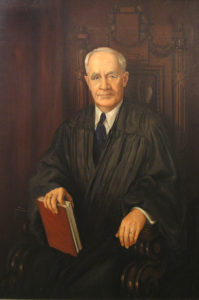Literature
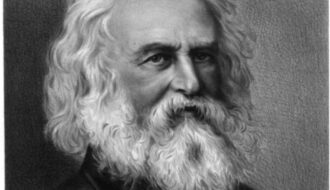
Cajuns in Literature
Acadians, Cajuns, and their history became part of American literature, often represented through romantic myth.

Acadians, Cajuns, and their history became part of American literature, often represented through romantic myth.
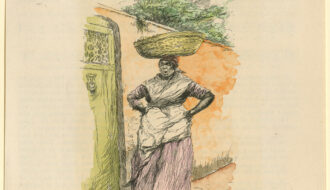
Fried rice cakes known as calas were once ubiquitous among New Orleans street vendors.
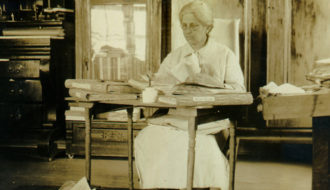
Cammie Henry played a central role in Louisiana's artistic and literary communities, as both a patron of the arts and preservationist.
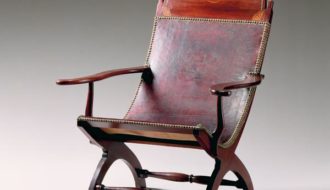
The Campeche chair, a leather or caned sling seat supported by a non-folding cross-frame, was in widespread use in the United States and New Spain in the first half of the nineteenth century.
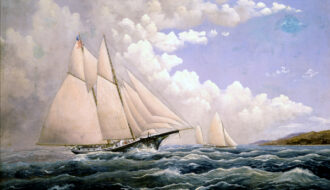
Captain William Lindsey Challoner worked for the Machecca line of fruit trade ships and sailed through many international ports. These busy ports inspired Challoner's paintings of ships and harbor scenes.
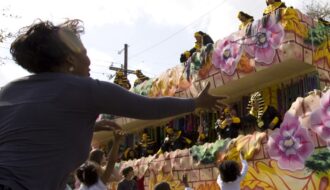
The culture and history of Mardi Gras throws, especially ubiquitous plastic beads, reflect relationships Louisianans have with each other and the spaces they inhabit.
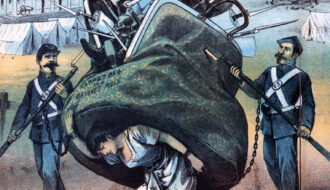
“Carpetbagger” and “scalawag” were derogatory terms used to describe white Republicans from the North or southern-born radicals during Reconstruction.

“Carpetbagger” and “scalawag” were derogatory terms used to deride white Republicans from the North or southern-born radicals during Reconstruction.
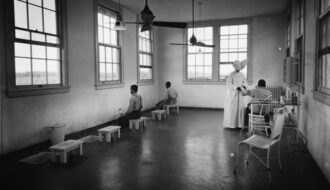
Several buildings at the National Leprosarium at Carville, Louisiana, were built by the Works Progress Administration.

The Centenary State Historic Site was added to the National Register of Historic Places in 1979.
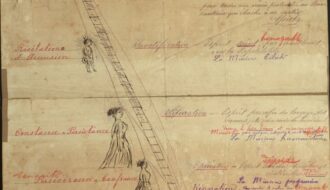
Members of the Cercle Harmonique held séances and received messages from the spirit world in support of Black rights and social equality.
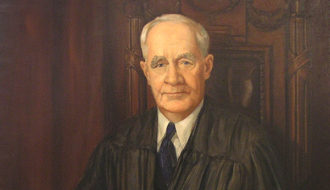
Charles A. O'Niell served as the chief justice of the Louisiana Supreme Court from 1922 to 1949.
One-Year Subscription (4 issues) : $25.00
Two-Year Subscription (8 issues) : $40.00
